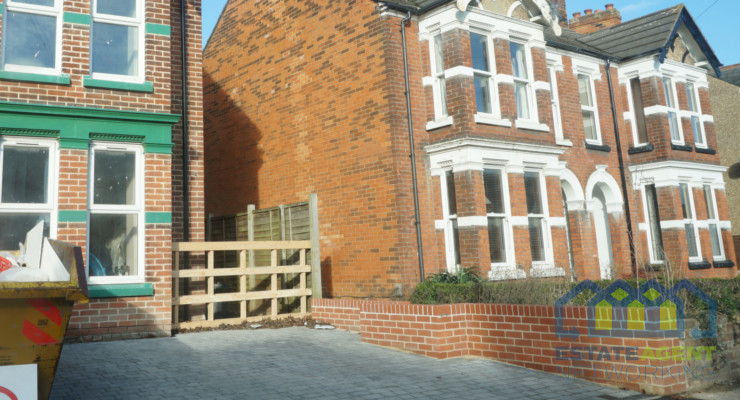The Commercial Real Estate Landscape in Europe
There’s a lot of potential but also challenges on the horizon as countries around the world look to come out of the coronavirus pandemic and begin moving toward a new future.
The changes going on globally may impact the commercial real estate landscape in Europe. From securing factories and other commercial sites to knowing what the future holds as far as sustainability and how that could affect the industry, there’s a lot to think about.
The following are some particular things to know about commercial real estate in Europe, as it stands now.
Coming Out of a Slump
The European economy is coming out of the worst financial situation since the Great Depression because of the pandemic. Travel bans and mitigation measures are slowly being lifted with vaccine availability.
The real estate sector is expected to start to rebound following a challenging year, but with that message of hope comes some trepidation.
First, the recovery is likely to be uneven. Some sectors and subsectors are likely to experience faster growth than others.
European real estate might become a prime target for investors for a few reasons during this period of growth but also stagnation in some industries. First, monetary policy is likely to remain accommodating in Europe. That makes real estate, including commercial properties, an appealing option because government bond yields will remain low.
There are also growing concerns about global inflation. The Eurozone inflation is currently at around 2.2% and is widely anticipated to go up.
Long-term investors have an eye on commercial real estate, mostly because of indexed rents, as a way to hedge their returns.
However, as is the case across the board, there will probably be quite a bit of fragmentation in the European real estate market because of the different effects of the pandemic depending on the country
Net-Zero Emissions
There will be a significant public and private investment in renewable energy, with the goal of net-zero emissions by 2050. The private sector will likely bear most of the burden in this trend, spurred by the U.S. infrastructure bill currently being debated in Congress and the EU Next Generation Fund.
These are trends that, of course, will affect commercial real estate.
Along with this, the commercial real estate market may begin to demand more digital and electric upgrades along the way.
As well as meeting sustainability goals and regulations, part of the digitalization will be working to meet the need to lower operational costs and get tenants back.
The digitalization component isn’t all about being green. It’s also about demand and changes in consumer habits. For example, leasing activity in logistics markets has remained strong despite the pandemic, primarily because of the explosive growth of online commerce. Online commerce is one of the critical drivers of leasing demand.
However, physical retail isn’t on par with e-commerce, providing an example of uneven dynamics.
Central Business District
While some areas of commercial real estate are thriving, like logistics discussed above, that’s not the case in central business districts (CBDs). In fact, the way we view CBDs could be forever changed. During the pandemic, office workers went remote.
The areas that were usually buzzing with activity during business hours became ghost towns. There’s been a reluctance to return to the old in-office way of doing things, so many of these central city areas still have high vacancy rates.
It could be that there’s never a return to the idea of the central business district, at least as it existed before the pandemic. Many employers see incentives to keep their employees remote or moving toward a hybrid model, and even if they do sign new commercial leases, their focus might be on finding smaller, less expensive spaces and perhaps options that aren’t centrally located in costly parts of cities requiring longer commutes.
In a new hybrid work model, office spaces may be more of a tool for collaboration and a way to attract talent. They could be places where employees connect with one another and share ideas, but not on an everyday basis.
Finally, two areas of commercial real estate very hard hit by the pandemic have been hotels and malls.
Travel restrictions obviously impacted hotels, and it’s unlikely travel will return to pre-pandemic levels until at least 2023. The hotel experience may be remodeled to focus on sustainability, hybrid work, customized services, and health and wellness.
For the traditional retail sector, smaller spaces might be used as a way to bring together the online and brick-and-mortar sector.







